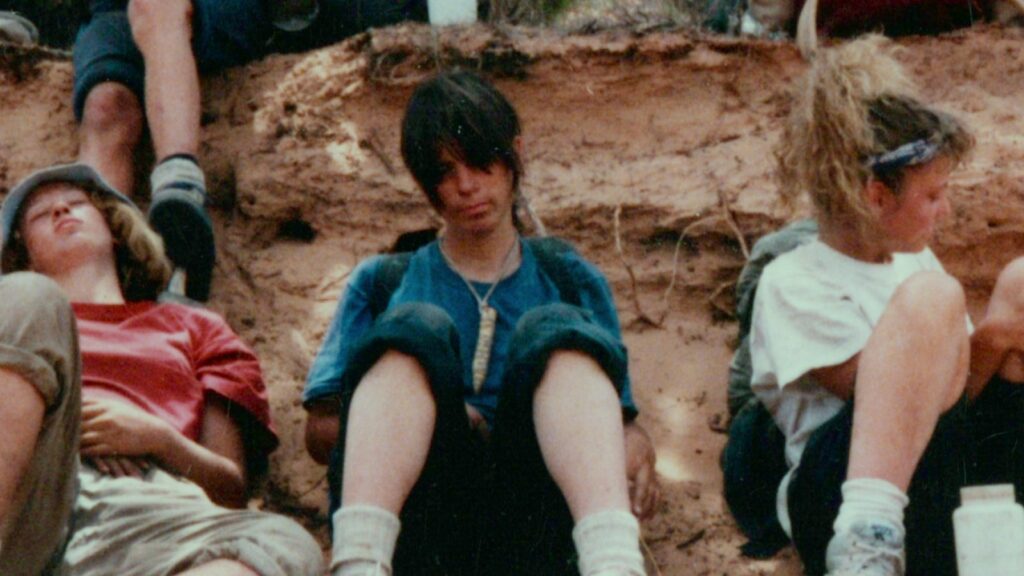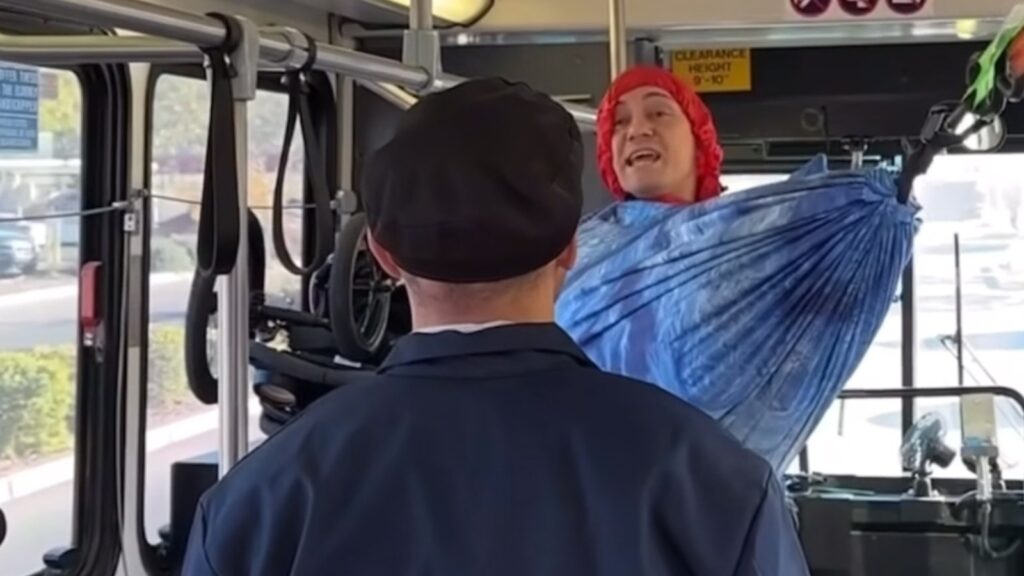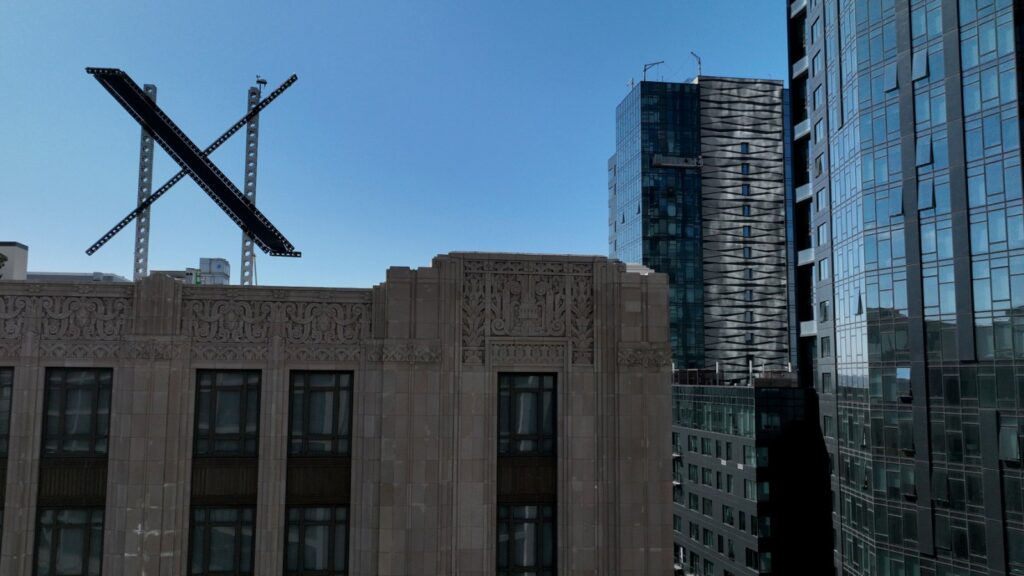How Troubled Teens Became a Billion-Dollar Industry
Solitary Confinement. Forced Labor. Abuse. Trauma. While these might sound like descriptions of a long federal prison stay, they’re only the beginning of what children as young as 13 have faced in reform facilities across the United States. Their families think they’re troubled teens, and these camps promise solutions. But according to dozens of both settled and active court cases, programs for difficult or unruly teenagers aren’t just unsuccessful — in some cases, they’re deadly.
The recent Netflix documentary Hell Camp details the beginnings and eventual court cases that shut down one such program. Founded by the late Steven Cartisano, a veteran and businessman, the Challenger Foundation was billed as a wilderness survival program meant to turn “out of control” kids and “master manipulators” into leaders by forcing them on a 500-mile hike in the Utah desert. The program was popular in the 1980s and 1990s, until the death of one teen, multiple allegations of abuse, and a federal lawsuit settlement shut the program down in 1994. Even after the end of Challenger, Cartisano founded additional teen reform camps, including HealthCare America and Pacific Coast Academy, each of which was shut down following abuse allegations. But as one of the most well-known names in the troubled teen industry, Cartisano’s ruin and eventual death still didn’t stop the popularity of reform camps.
In the U.S., the troubled teen industry is made up of boot camps, treatment centers, wilderness programs, and religion-based schools. It’s a billion-dollar industry — one that is poorly and loosely regulated due to inconsistent state and federal laws. Their aim is simple: Think your child has a problem? Are they staying out late, doing drugs, meeting up with friends you don’t like, talking back, or depressed? Send them to a reform program, where the structure will sort them out, often starting by kidnapping them from their homes at night and keeping them away from everything they love until they’re scared enough to appreciate it. However, according to the National Youth Rights Association, a nonprofit for young victims of institutional abuse, discipline intervention programs based on punishment or corporal behavior modification increase a child’s likelihood to continue their actions by eight percent, when compared to licensed counseling, which can reduce recidivism by 13 percent.
“If you want to teach a kid how to get along better in the outside world, it doesn’t make sense to completely isolate them and submerge them in this world with arbitrary rules and unpredictable and severe punishments and make them live in a constant state of fear,” Julia Graff, a spokesperson for the Bazelon Center for Mental Health Law in Washington, D.C. previously told Rolling Stone. “Most kids are worse when they get out.”
In addition to the ineffectiveness of the treatment centers, participants in troubled teen programs also face another battle: the high rates of abuse. Children in these camps are often exposed to brutal treatment from untrained staff. In Hell Camp, one student told police that after refusing to hike, he was bound and dragged across rocks, receiving dozens of bruises and wounds. Another camper in Cartisano’s Samoa camp, Pacific Coast Academy, said she was hogtied and then sexually assaulted by a village chief, a claim counselors ignored. A 2007 report from the U.S. Government Accountability Office looking at programs operating between 1990 and 2007 found thousands of abuse allegations. A 2022 investigation by the Salt Lake Tribune found that 13 people were fired or resigned from youth treatment centers from 2018 to 2021 due to sexual behavior and sexual assault allegations. And in 2023, the Agape Boarding School, a Christian Missouri facility, shut down not long after a Rolling Stone expose detailed allegations from students of restraints, starvation, and emotional tactics akin to torture.
Sometimes, the trauma of these schools can even result in death. In 1990, a family sued Cartisano and Challenger after their 16-year-old daughter, Kristen Chase, died of heatstroke after a hike. Instructors at Tierra Blanca, a Utah teen ranch, were accused of abuse in 2014 after an 18-year-old camper, Bruce Staeger, was killed by being thrown from a moving truck — the end of what his family and other members of the camp claim were weeks of abuse, including beatings and starvation.
In 2021, heiress and media mogul Paris Hilton spoke on Capitol Hill in support of a bill of rights for teenagers in congregate care facilities. Hilton herself was considered a troubled teen and detailed the intense trauma she went through in the care of a similar camp.
“At Provo Canyon School in Utah, I was given clothes with a number on the tag. I was no longer me, I was only number 127. I was forced to stay indoors for 11 months straight, no sunlight, no fresh air. These were considered privileges,” Hilton said. “I was strangled, slapped across the face, watched in the shower by male staff, called vulgar names, forced to take medication without a diagnosis, not given a proper education, thrown into solitary confinement in a room covered in scratch marks and smeared in blood and so much more.” (The school is still operational but was acquired by new ownership in 2000. Representatives did not respond to Rolling Stone’s requests for comment.)
Hilton and others continue to advocate for more federal regulation surrounding treatment camps and the troubled teen industry. There is still no federal law banning the practices.





